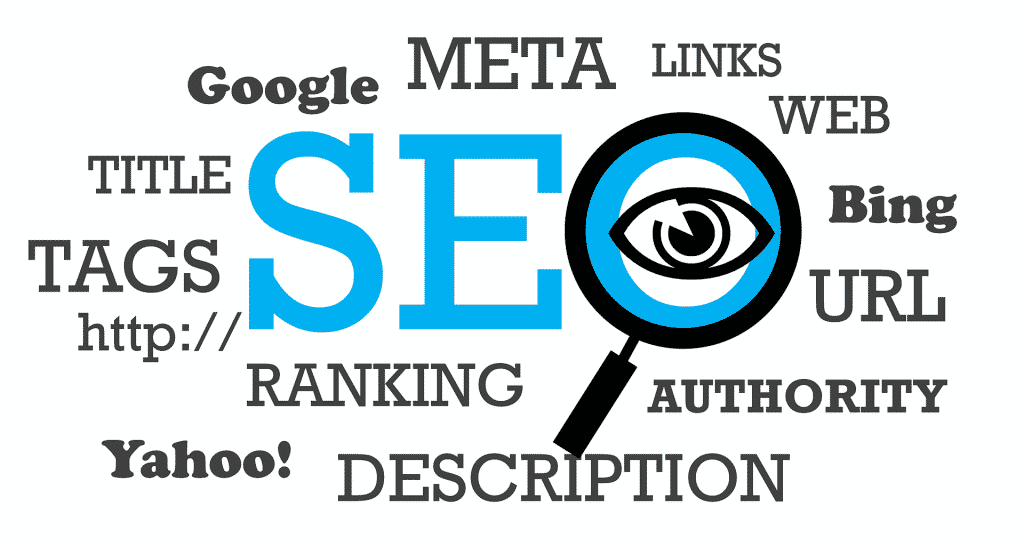Titles & Descriptions
Title tags are HTML elements that give information about web pages for website visitors and search engines. Search engine results pages (SERPs) display title tags as clickable headlines for given results. They are very important for SEO, social sharing, and usability. Therefore, they must be concise and accurate.
Meta descriptions are short text paragraphs (or just sentences) included in HTMLs of web pages. They describe the contents of pages. They usually appear under URLs of pages in search results. Sometimes, Google may pull Meta description texts from other locations in web pages in attempts to answer certain queries better.
Keyword Placement
These are key phrase and words in web content that enables people to find sites through search engines. Proper keyword optimization for search engines increases the potential visitor base to websites. This could lead to conversions. Keywords are among the most important elements of SEO and choosing the best of them is crucial.
Apart from choosing the best keywords, it is also vital to know where to place them. According to SEO best practices, it is advisable to include them in high attention areas such as titles, body text, and image file names. However, it seems that successfully optimized sites use thousands of keywords.
To get the highest rank in Google searches, it is important to organize and group keywords. This involves dividing them into small and manageable groups by manual or automated means. The latter approach is faster and easier. Grouping significantly reduces workload and creates specific, targeted pages.
Image Optimisation
Basic SEO optimization of images brings articles to life and contributes towards ranking. It helps readers in understanding texts better. It could spice up dull words and make posts more enticing. In fact, it is advisable to use images in every article. They would look more appealing than just words.
It is important to choose high-quality images that are unique and relevant to each page. Such images are appealing and always leave an impression on readers. However, website owners must scale down large files to accommodate mobile users. They can use a number of tools such as Optimizilla, JPEG Optimizer, and Compressnow.
Another important thing to do is to organize images. The visuals should make sense to users as they journey through the article. The images should also show a complete picture and have no information gaps. More importantly, including concise captions such as URLs with images makes it easy for search engine crawling.
H Tags
Headings help in breaking up articles to make them easier to read. They are like signposts to people who read. H tags are not a major ranking factor but they affect SEO. This is because they help users to know what a given article is about. Google also uses headings to determine the subject of articles.
Heading types include H1, H2, H3, H4, H5, and H6. H1 is the page’s or blog post’s title. Website owners should only use it once for every article. They can use the other headings severally, following a hierarchical structure within topics. However, it is recommended to use only H1, H2, and H3.
Internal Links & Anchor Text
Internal links are hyperlinks that point to other pages on the same website. They allow users to navigate websites. They also help in setting up of websites’ information hierarchy and in spreading link equity around websites. This makes it easy for search engines to list pages according to keywords and access their crawlable link structures.
Anchor texts are visible and clickable texts in hyperlinks. Often, they are blue and underlined in modern browsers. They link to other documents or locations on the web. They provide users and search engines with useful contextual information concerning the links destinations’ contents.
The way other people view a page and what kind of articles a website publishes triggers search engines to use external anchor texts to that site. However, website owners should ensure that their own anchor texts are useful, relevant, and descriptive. A page can rank highly when other sites think that it has relevant information about a certain theme.
Styling
Styling is very crucial to a website’s professional appearance. It helps search engines and Google to notice the site. Here are great tips for styling:
- Clean and streamlined title tags. The tags should tell much about the content. They could also contain one or two keywords. Search engines use them as links to websites in their databases.
- Short and simple Meta descriptions. It is important to keep the length of these short and simple paragraphs between 150 and 160 characters.
- Using keywords properly.
- Arranging heading tags in a hierarchical manner. H1 is the most important while H6 is the least important. Search engines see them better this way.


